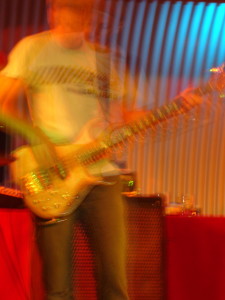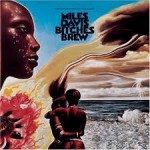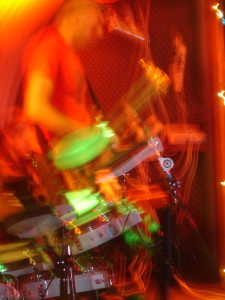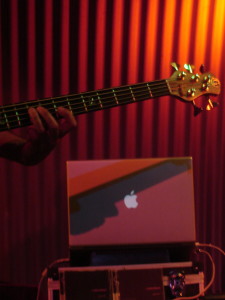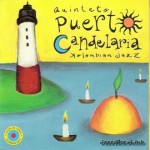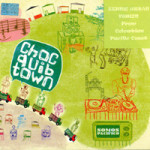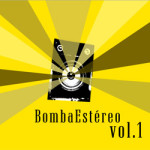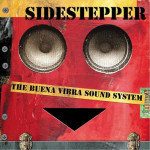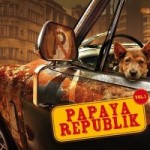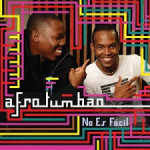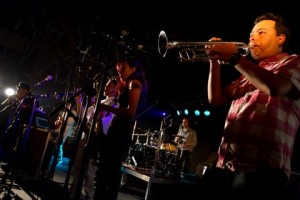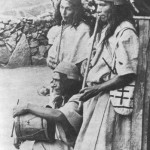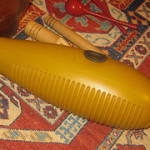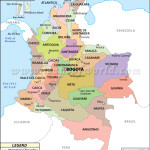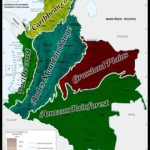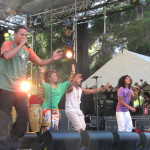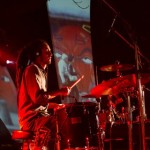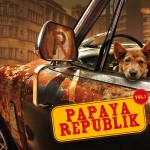An incredibly talented multi-instrumentalist and vocalist. Has probably played in or led more Latin music gigs and groups (including institutional big band Rumberos) than most other living musicians in Melbourne.
Leo Salvo could just be the Papa Bear of Latin music in Melbourne. 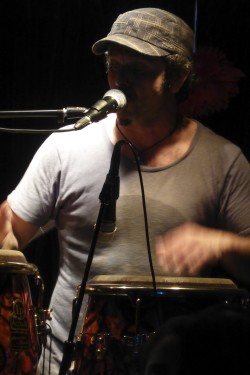 This is his take on fusion music…
This is his take on fusion music…
Nothing exists without fusion. From the moment a note came out of a voice and someone hit 2 rocks together, it was a form of fusion music.
Just like the first time and til the present day, we still find ourselves with only 2 types of music, no matter what we add or fuse with this or that…
The 2 types are Good and Shit!
Leo also told me he thinks the world’s best Latin fusion music is from Uruguay. I’m waiting for him to share some with me.
